In a subscriber-only article published back in 2001 by the London Review of Books, author Neal Ascherson describes “the Akwizgran Discrepancy.”
There “may or may not have been,” he writes, “something called the ‘Akwizgran Discrepancy’.” It’s now just “a forgotten thread of diplomatic folklore.”
 Before we get there, though – and before I sidetrack myself pointing out that “diplomatic folklore” would be an amazingly interesting literary sub-genre – Ascherson’s paper is about the fluid nature of “international space.” He focuses particularly on the changing natures of both terrain and sovereignty – and how the definition of one always affects the definition of the other.
Before we get there, though – and before I sidetrack myself pointing out that “diplomatic folklore” would be an amazingly interesting literary sub-genre – Ascherson’s paper is about the fluid nature of “international space.” He focuses particularly on the changing natures of both terrain and sovereignty – and how the definition of one always affects the definition of the other.
Ascherson’s geography is, for the most part, European; he discusses nation-states from the early 20th century through to the end of the Cold War. During that time, we read, there were a number of “less durable spaces” – for instance, the “parallel but unlicensed institutions” of Solidarity-era Poland. He points out that, “in the early 20th century, there were a number of spaces which were not absolutely unpopulated but whose allocation to empires or nation-states was undecided.”
From an imperial standpoint, these unofficially recognized lands and institutions – mostly rural and almost always located near borders – represented “a dangerous breach in space.” They were “intercellular spaces,” we’re told, and they functioned more like “gaps, crevices, interstices, [and] oversights” within much larger systems of sovereign power.
In fact, these “unlicensed” spaces “appear whenever some new international system attempts to demarcate everything sharply, menacingly and in a hurry.”
At one point, then, Ascherson refers to the Akwizgran Discrepancy. Quoting at length:
…when the new Kingdom of Belgium emerged in 1831 – much to the annoyance of the Congress Powers who had imposed the Vienna settlement on Europe after 1815 – there had been a demarcation error at the point where the borders of Belgium, Germany and the Netherlands met. Somewhere between Aachen and Verviers, there existed a tiny triangular space, big enough to contain a house, a patch of field and a few fruit trees, which belonged to nobody. (…) I have never been able to find the Discrepancy, which probably never existed. But the thought of it is dear to people.
There is something seemingly timeless in such a fantasy. In the face of sovereignty you propose a space of no sovereignty, a Permanent Autonomous Zone which is not in itself a state, it is simply a space unclaimed by other states.
In this particular Discrepancy, though, that space is “big enough to contain a house” – a detail which is surely dear to libertarian homesteaders everywhere. How exciting it would be to realize one day that your little house, on its plot of land in Manhattan, is actually outside the control of all existing nation-states. You owe taxes to no one. In fact, they owe back-taxes to you.
You live inside a Discrepancy.
It’s like something out of Thomas Pynchon.
Your house is an Embassy for Utopia, so to speak, an anti-state from nowhere under no one’s jurisdiction. Your patron saint is Captain Nemo, who is cousins with Homer’s Nobody.
So is the Akwizgran Discrepancy real – or just something made up in Ascherson’s article? (Try Googling it).
I suppose I’d say that that’s beside the point – that the real point is that the Akwizgran Discrepancy, in many ways, is the only place that is real; it is the exception to sovereignty upon which claims to sovereignty are based. It is the remainder, the outside, the infinitely necessary unclaimed surplus upon which the legitimacy of nation-states has always been premised: discrepancies are the space that is yet to be conquered. Yet to be absorbed. They exemplify the lack of control that governments claim to protect you against, even as they give you a kind of strange attractor for political fantasies: they are an escape-valve to self-rule.
Discrepancies are autonomous spaces of liberation to some – mere Lebensraum to others.
 [Image: BLDGBLOG speaks with
[Image: BLDGBLOG speaks with 
 [Images: Interviewing
[Images: Interviewing  [Image: The
[Image: The 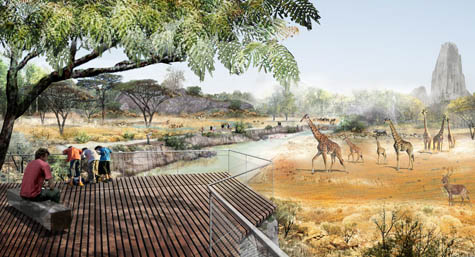 [Image: The future
[Image: The future 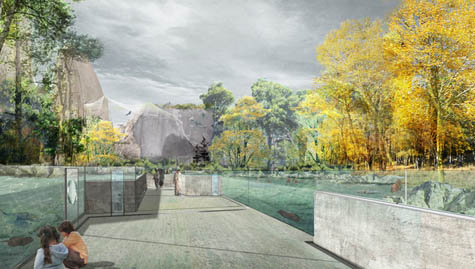 [Image: The
[Image: The 
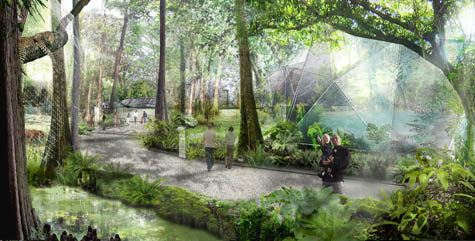 [Images: The
[Images: The 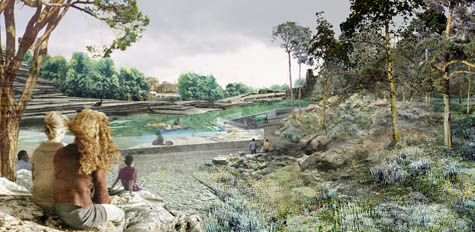 [Image: The
[Image: The 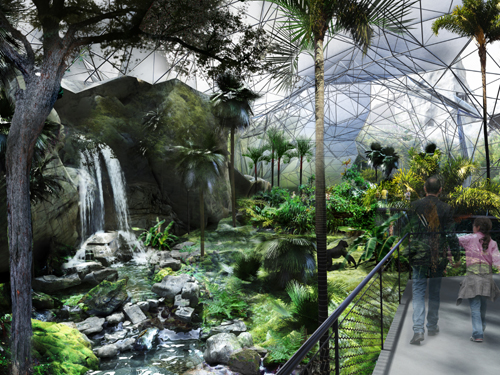 [Image: The
[Image: The  [Image: From London After the Rain].
[Image: From London After the Rain].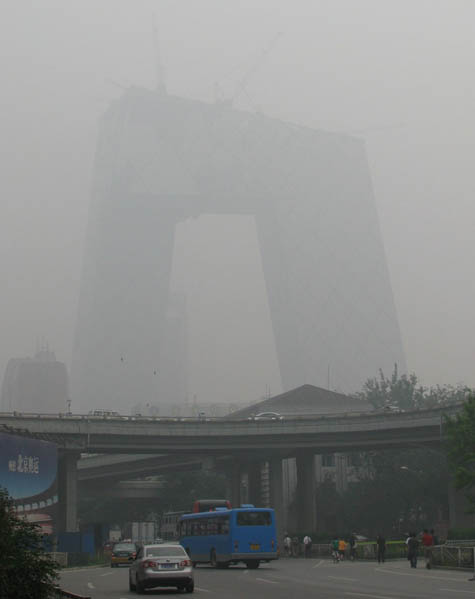 [Image: The “air” in Beijing on June 20, 2008, with the summer Olympics less than two months away. Photo by
[Image: The “air” in Beijing on June 20, 2008, with the summer Olympics less than two months away. Photo by  [Image: “Grow Your Own” by Geoff Shearcroft].
[Image: “Grow Your Own” by Geoff Shearcroft].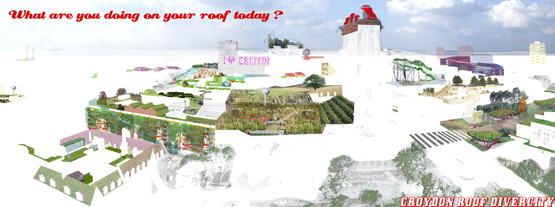
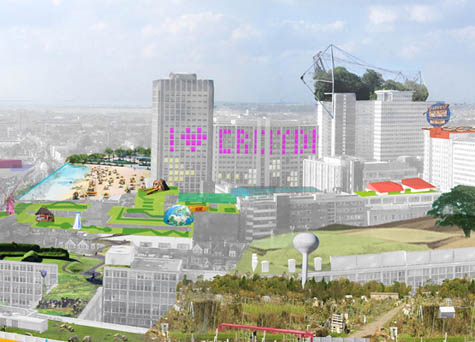
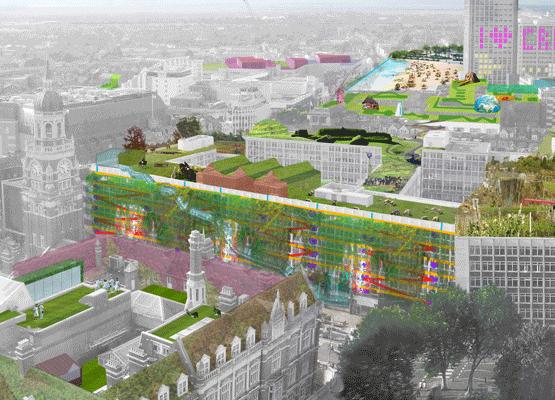
 [Images:
[Images: 


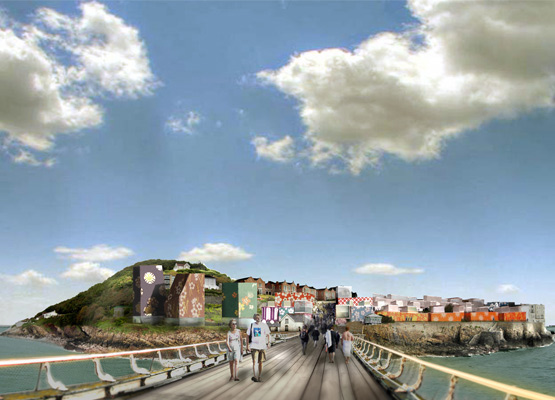
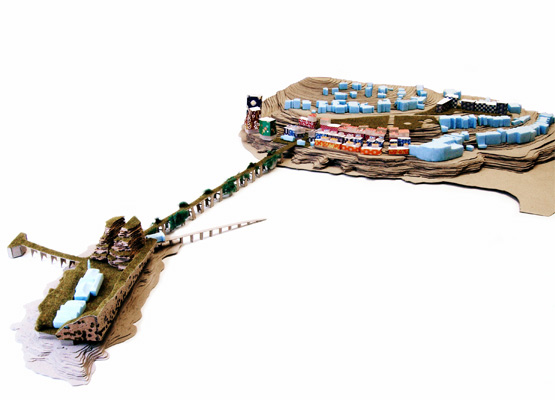 [Images: From the
[Images: From the 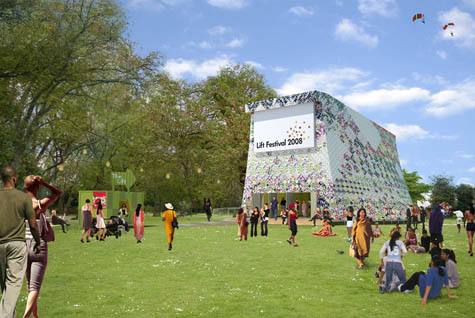 [Image: The Lift by The Agents of Change].
[Image: The Lift by The Agents of Change].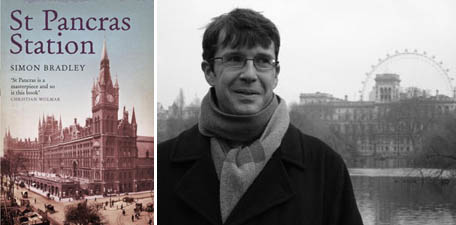 [Image: Simon Bradley and
[Image: Simon Bradley and  [Image: Tom McCarthy and
[Image: Tom McCarthy and